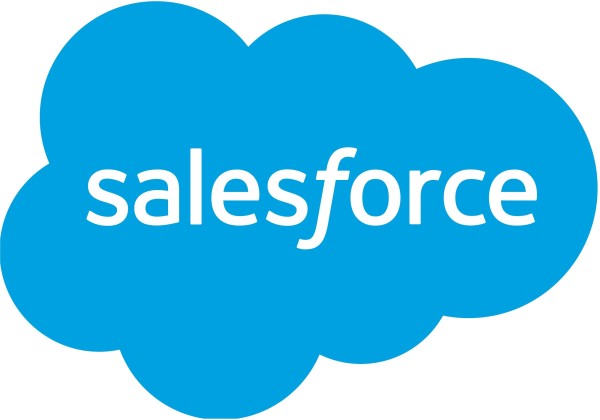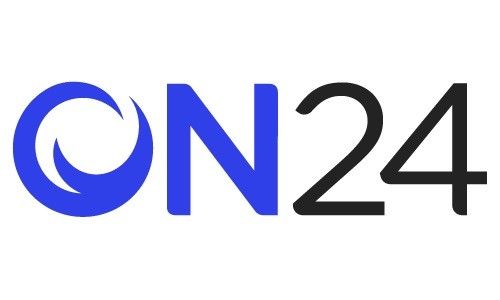Comprehensive event registration features
Hear what our customers have to say

Paragon Events
Powering success with a modernized registration experience.
- 105K registration site visits
- +46% increase in registration
- 85% mobile app adoption rate

FCM Meetings & Events
Delivering strategic meetings and events expertise with Cvent technology.
- 300K registrations processed
- 100+ virtual events
- 20K+ virtual attendees managed

University of Rochester
Maximizing event technology and mitigating in-house inefficiencies.
- $100K reallocated
- $30K saved in staff hours
- $13K saved going paperless
Integrate into your CRM and automation tools
-
Sales & marketing
-
Association management
-
Budget & expenses
-
Travel & transportation
-
Web & virtual solutions
-
Networking tools
-
Data analytics
Sales & marketing
Association management
Budget & expenses
Travel & transportation
Web & virtual solutions
Networking tools
Data analytics













































